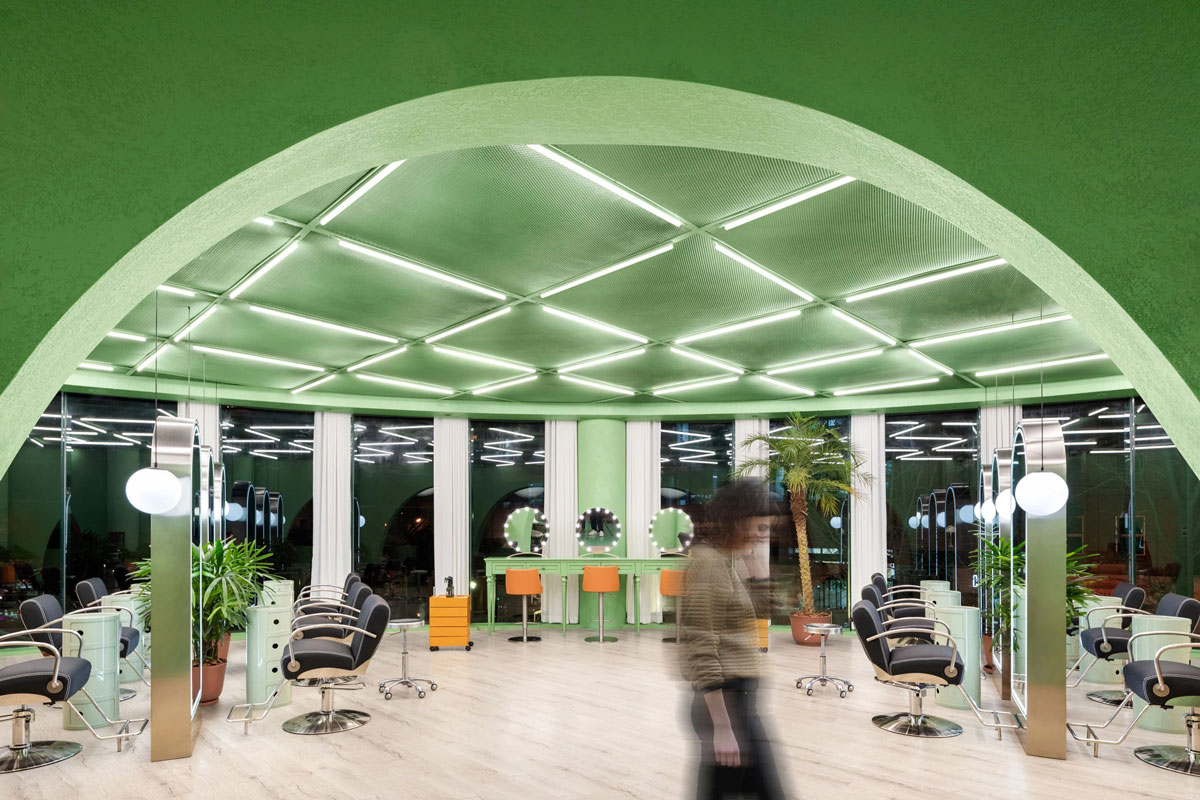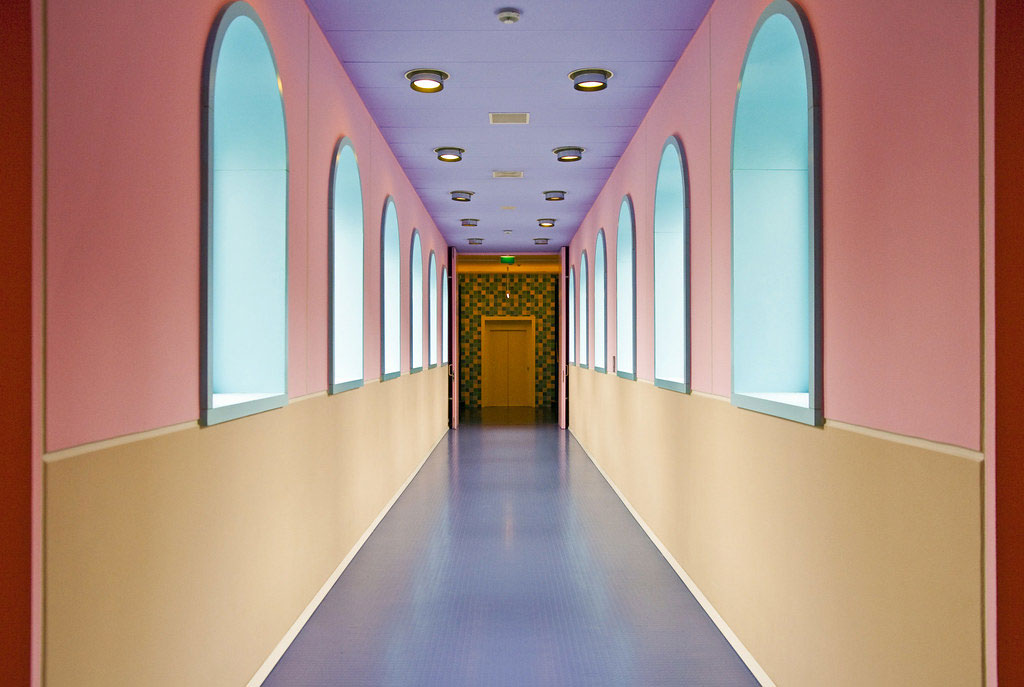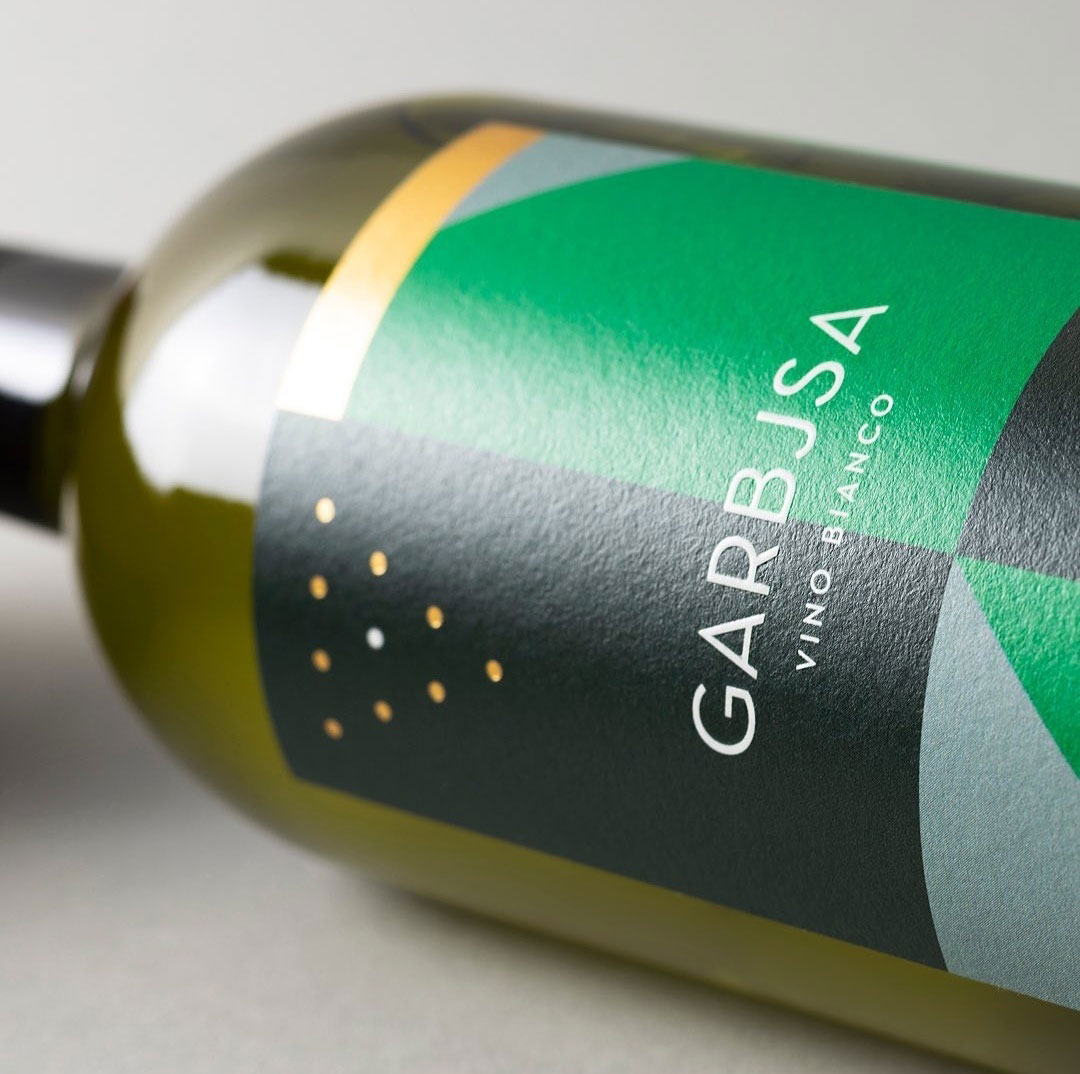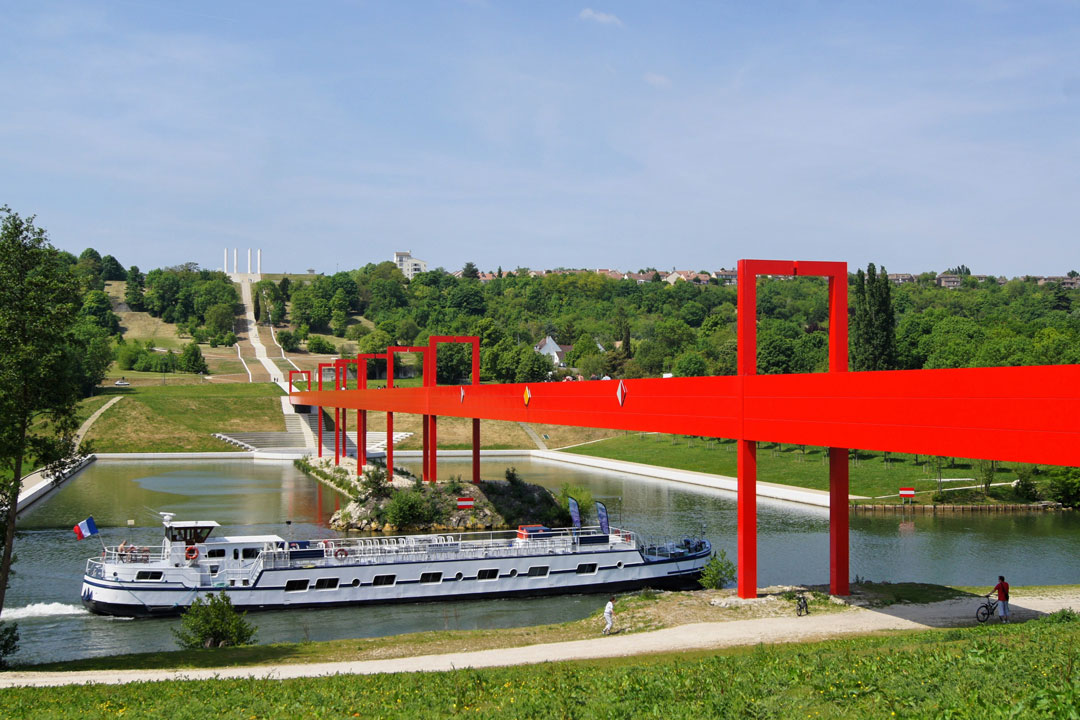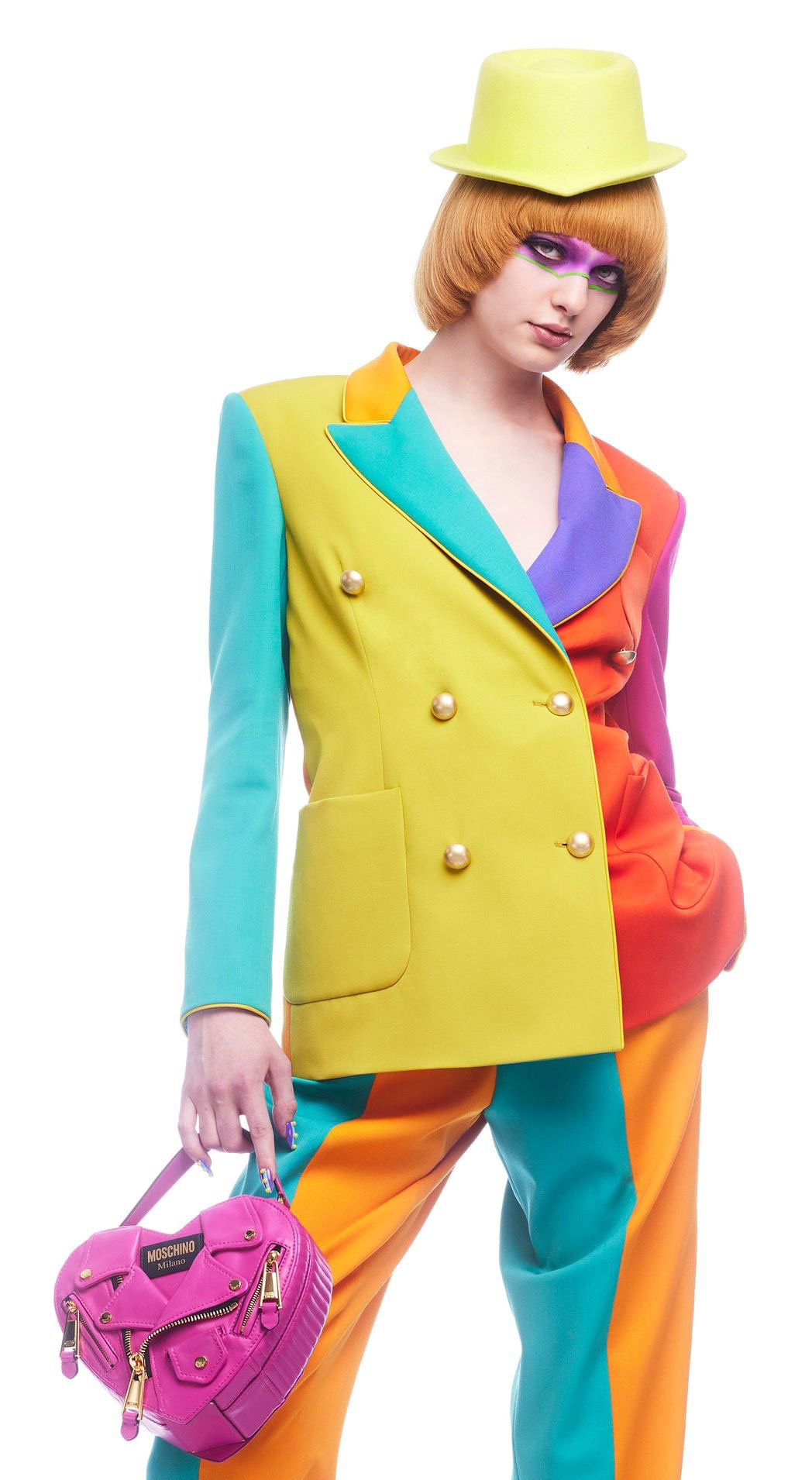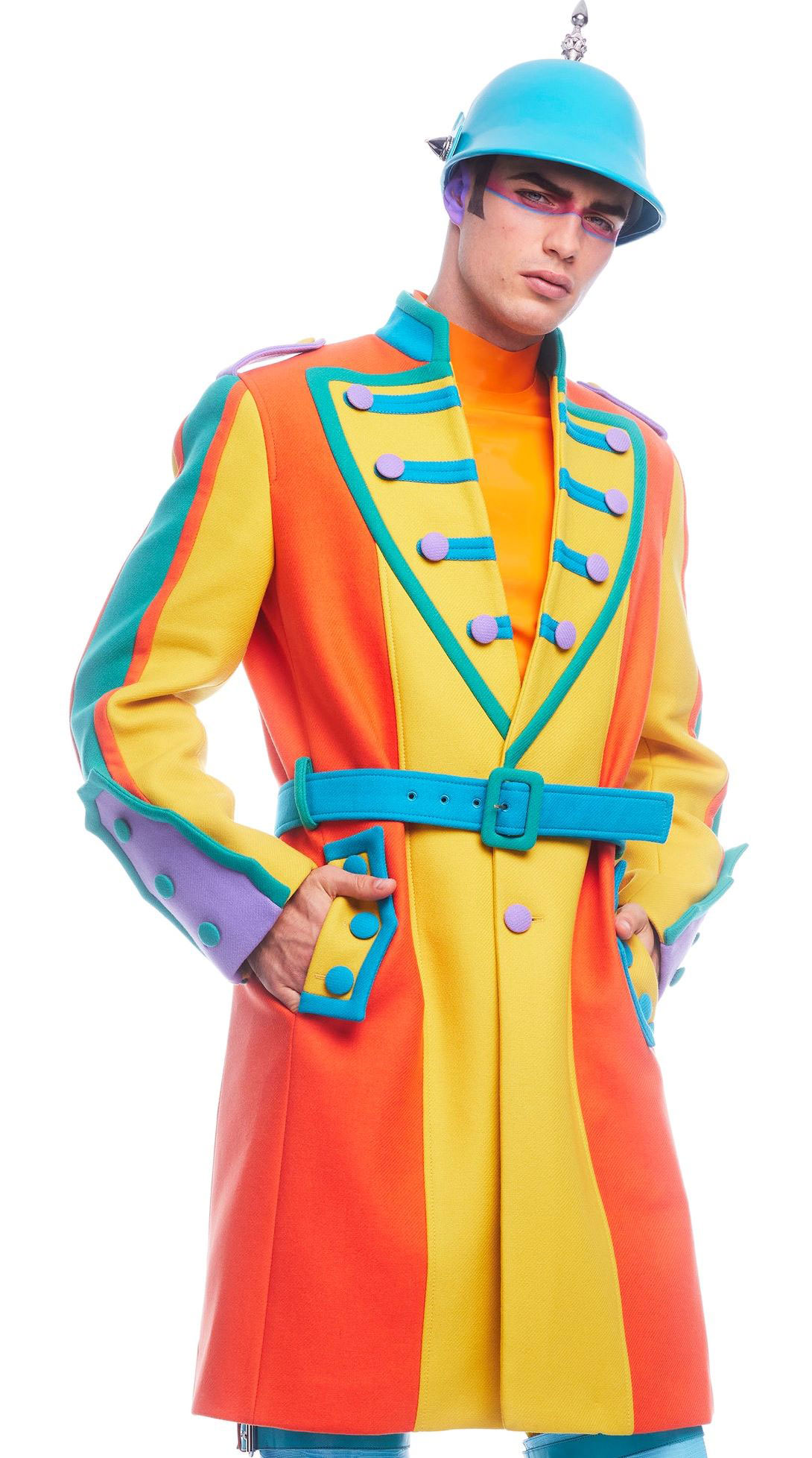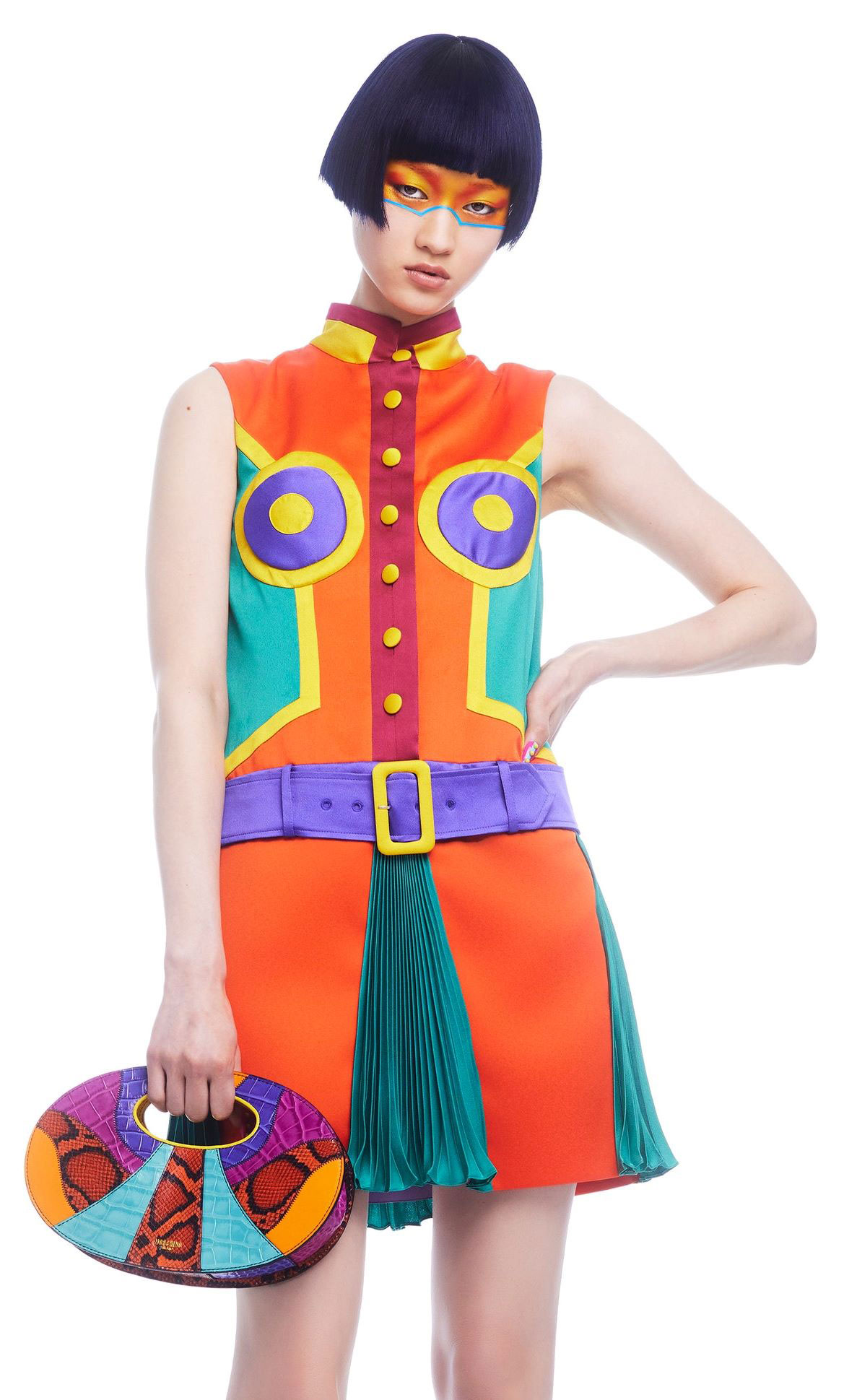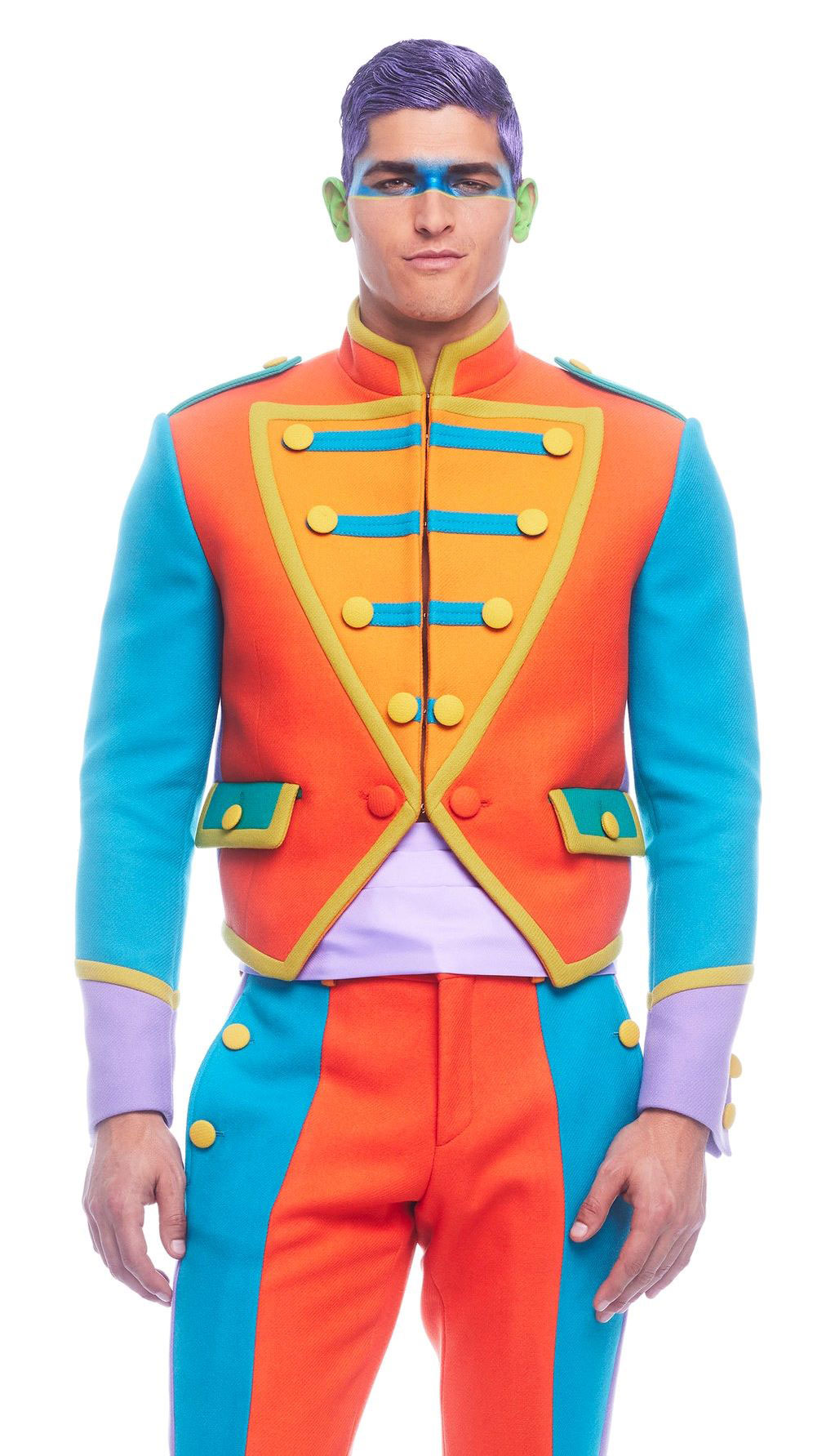L’ASTRONAVE DI BELLEZZA
INTERIOR | BEIJING
IS Architecture and Design ha creato un parrucchiere e una spa cosmetica a Pechino con interni color avocado ispirati al design dell’era spaziale.
Ego Hair Salon è stato progettato per avere un’atmosfera futuristica e allo stesso tempo abbracciare visivamente la natura circostante.
Difatti lo studio ha tratto ispirazione dal fogliame degli alberi circostanti nella scelta del verde avocado brillante, usato per coprire sia le pareti che le altre superfici. La tinteggiatura è stata applicata su un intonaco a grana grossa, che aggiunge morbidezza all’interno della “navetta spaziale”.
Lo stile futuristico coinvolge anche l’arredo, a partire dal bancone della reception curvo rifinito nella stessa tinta avocado, dalle lampade mushroom e dalla una grande plafoniera a cupola definita dai progettisti come un “sole acrilico artificiale”.
Le sale per trattamenti private utilizzano una tavolozza di colori ocra per differenziarle dallo spazio generale del salone, fra cui spicca il color arancio dei divani.
Beauty spaceship – IS Architecture and Design created a hair salon and cosmetic spa in Beijing with avocado green interiors inspired by space age design.
Ego Hair Salon was designed to have a futuristic vibe and at the same time visually embrace the surrounding nature.
In fact, the studio drew inspiration from the foliage of the surrounding trees in the choice of bright green, used to cover both the walls and other surfaces. The paint was applied to a coarse-grained plaster, which adds softness to the interior of the “space shuttle”.
The futuristic style also involves the furnishings, starting with the curved reception counter finished in the same tint, the mushroom lamps and a large domed ceiling light defined by the designers as an “artificial acrylic sun”.
The private treatment rooms use an ocher color palette to differentiate them from the overall salon space, among which the orange color of the sofas stands out.




